” Cannery Row in Monterey in California is a poem, a stink, a grating noise, a quality of light, a tone, a habit, a nostalgia, a dream. Cannery Row is the gathered and scattered, tin and iron and rust and splintered wood, chipped pavement and weedy lots . . . ” [Prologue]
Set in the 1930s, on the heels of depression, in Monterey, California, Cannery Row is an utopian novel peopled by good-natured bums (Steinbeck calls them ne’er-do-wells), warm-hearted prostitutes, philanthropic grocer, lonely marine biologist, and other personalities who are forgotten, rejected and exploited. But Cannery Row itself is no utopia. The novel paints a portrait of humanity, which asserts all the ironies including happiness and despair, success and failure, conventional wisdom and it’s failure to improve one’s existence, in a natural genre. Interspersed the pages are day-to-day changing scenery of a small town whose biological clock is dictated by the workings of the cannery.
Then cannery whistles scream and all over the town men and women scramble into their clothes and come running down to the Row to go to work . . . The canneries rumble and rattle and squeak until the last fish is cleaned and cut and cooked and canned . . . [Prologue]
Ticking away under this working rhythm is another rhythm, an ineluctable and more powerful one, that governs the existence, or rather one’s time on earth. There exists a dreadful awareness of death in the book. The sight of a dead girl (Ch. 18) confronts Doc the memory of his loss. But there is something more expanded and mystical about that moment in which the author manages to suggest the inextricable relation between life and death.
The body was out of sight, caught in the crevice. The lips were slightly parted and the teeth showed and on the face was only comfort and rest. . . . It seemed to Doc that he looked at it for many minutes, and the face burned into his picture memory. [18; 109]
The characters themselves are ironies in Cannery Row: they are neither wholly good nor evil, all possessing redeeming values. Mack and the boys, a group of down-and-out bums, are more content and fulfilled with their lot in life than is Doc, a marine biologist who is alone in the world.
In spite of his friendliness and his friends Doc was a lonely and a set-apart man. Mack probably noted it more than anybody. In a group, Doc seemed always alone. [17; 100]
Contrasted with Doc’s loneliness, one finds camaraderie among Mack and his boys, who live in a ramshackle warehouse that they have coerced from Lee Chong, the Chinese grocer to whom many are indebted in town. Dora Flood, owner of the brothel, lives a ticklish existence. Being against not the law but rather the letter of it, she is twice as law-abiding as anyone else. Her philanthropy has touched the poor during depression. When influenza strikes down adults and children of the Row, she sends her professional girls, bearing therapeutic hot soup, to sit with the sick.
The girls slipped out the back door, and sometimes staying with the sleeping children the girls dropped to sleep in their chairs. [16; 99]
The many open threads of the book finally converge toward a singular direction, as it grows in people’s mind that they should throw party to the benevolent Doc. Cannery Row is a fantasy, and yet the instrument by which Steinbeck achieves this utopia is so human, so flesh-and-blood. In the midst of impoverished existence, life goes on. Connections are made as individual alienation is conquered. The lonely is reached out to; the sick is taken care of; the starved is fed. Humanity prevails over conventional wisdom.
196 pp. [Read/Skim/Toss] [Buy/Borrow]
Filed under: American Literature, Books, Literature | Tagged: American Literature, Books, Cannery Row, John Steinbeck, Literature |





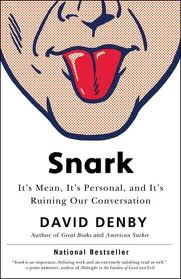









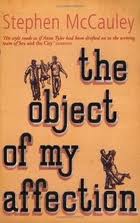





















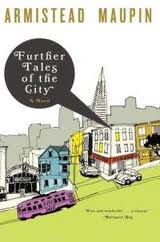









































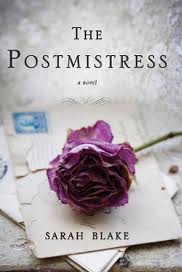




























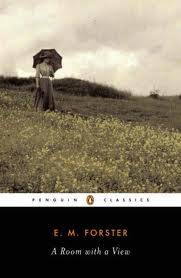








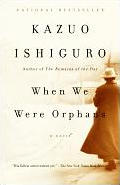

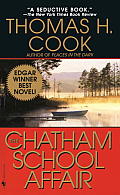




















































































































































The last Steinbeck I read was East of Eden, suffice to say the book left quite an impression, guess I’ll be picking this up next. Thanks for sharing your thoughts 🙂 Great blog you have here.
Thanks Joanna. I was very thrilled by East of Eden, which I finished in about two days. I admire the depth to which Steinbeck explores human connection in love, loss, friendship, and family.
I remember working my way through just about everything Steinbeck wrote when I was in my 20s, and I recall being favorably impressed and–perhaps more importantly–entertained. By the time I belatedly made it through graduate school (M.A. English/Literature), I noted that Steinbeck, except for his GRAPES OF WRATH, had little respect among literary critics and within academia. Well, with all of that having been noted, I would now note—in response to your superb blog–that I think it is time I ignore academia and critics but instead revisit my early, positive experiences by rereading Steinbeck. Perhaps I will begin with CANNERY ROW.
BTW, you have a great blog (but I already mentioned that), and I look forward to visiting often. Regards from the Gulf coast.
I’ve read only a sliver of Steinbeck’s oeuvre, but your review convinces me I should rectify that! We actually have a collection of his shorter fiction at home, and I know it includes Cannery Row. Steinbeck is an author I definitely intend to revisit this year.
Cannery Row is one the books I read when the world seems like a dim and drab place that drag’s you down. I have read it 10+ times since the 60’s and I think I’ll start it again when I finish the book I’m reading. Try Sweet Thursday sometime. It’s not as good but it’s a sequel to Cannery Row and it’s worth continuing the story.
I’m heading to Monterey tonight and hope to visit Cannery Row on Wed. While not one of my favorite Steinbeck novels (and I have read them all), I do like it. There is just something wonderful and simply beautiful about his writing!
I always (unfairly, it seems) dismissed this book. Now I’m going to go back and look at it again. Thanks!
I’m looking forward to finishing Cannery Row, and now I know there’s a sequal, thanks to a poster above. I’ve lived in Monterey and the place still pulls me in. All my writing tends to circle back to the place, and I’m on a mission to read everything I can find set there.
This sounds like one I’d love — viz. the idea of humanity prevaling over conventional wisdom. Reading your reviews has convinced me that I should explore Steinbeck more than I have.
[…] of life described in Cannery Row, In the Shadow of the Cypress veers off to the direction that gives some essence of a literary […]